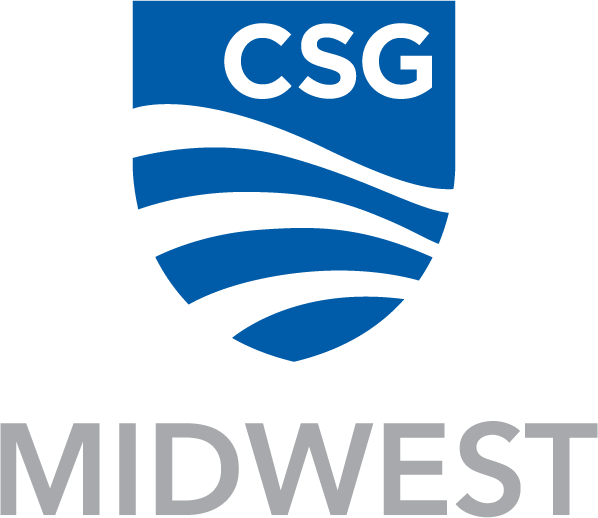On March 6, 2020, the GLLC’s quarterly web meeting focused on regional efforts to better manage nutrients to keep them out of the Great Lakes and their tributaries. Wisconsin Sen. André Jacque, Chair of the GLLC Task Force on Nutrient Management, began by reporting on the work of the task force, which aims to reduce nutrient runoff into waters of the Great Lakes-St. Lawrence region and is working on model policies to bring that about. The task force has adopted a resolution and finalized an action plan. He briefly reviewed the plan’s goals.
Danielle Green of the U.S. EPA Great Lakes National Program Office (GLNPO) gave an overview of the Great Lakes Restoration Initiative and its “Focus Area 3” (Nonpoint Source Nutrient Reduction, the Great Lakes Water Quality Agreement, Lake Erie, and Harmful Algal Blooms). FA3 aims to reduce nutrient loads from farmland, reduce untreated stormwater runoff, improve the effectiveness of nonpoint source control, and refine management efforts. Annually, $35 million is spent on research into HABs, about $17.5 million of which is spent in/on Lake Erie.
Dr. Elizabeth Hinchey Malloy, also of GLNPO, gave an overview of the Great Lakes Water Quality Nutrients Annex, which focuses on reducing phosphorus runoff into Lake Erie. Four states have Domestic Action Plans – Indiana, Michigan, Ohio and Pennsylvania – and there is a basin-wide plan for Lake Ontario. Dr. Hinchey Malloy briefly mentioned the Canada-Ontario Lake Erie Action Plan and science priorities for agricultural runoff.
Darren Nichols, Executive Director of the Great Lakes Commission, gave a guest presentation on the Commission’s work and priorities, its visit to Washington, D.C., 2020 priorities, and beta testing for policymakers of Blue Accounting software upgrades (on April 10). March 5 was “Great Lakes Day” on Capitol Hill, visiting with Congressmembers and some Canadian MPs.
The slidedeck and recording of the web meeting are available.

